
All categories
Featured selections
Trade Assurance
Buyer Central
Help Center
Get the app
Become a supplier

(2637 products available)



































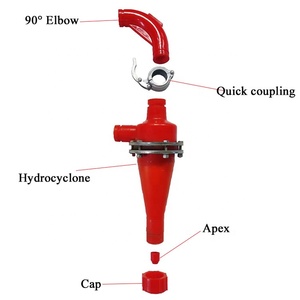
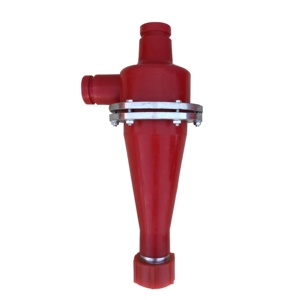

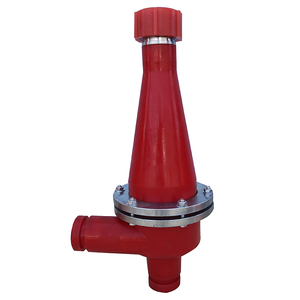
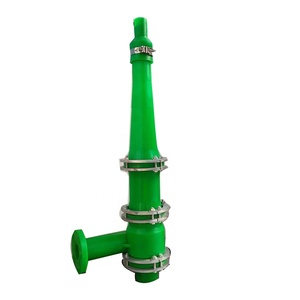
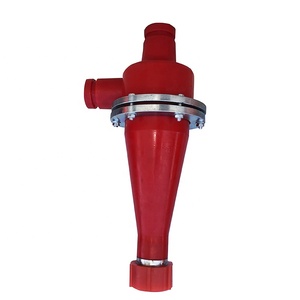

The mud separator is an essential component of the solid control system in drilling operations. While each mud separator has its own specific functions, separators typically fall into three main categories based on the type of screen or filter used to separate fluids from solid particles.
The separator of mud has many features and specifications. These guarantee that the machine operates well in different settings. One key specification is the processing capacity of the separator. It is usually noted in cubic meters per hour. Many models have separate processing capacity of between 20 to 1000 cubic meters per hour. Another key specification is the motor power of the mud separator. The power of the motor drives the machine. It determines how quickly the mud will get separated. The common power ratings are from 5 kilowatts to 50 kilowatts. Some bigger models have even higher power ratings. Some mud separators work using centrifugal force. They have a rotational speed range from 3000 revolutions per minute (RPM) to 18000 RPM. Some separators allow operators to adjust the frequency and speed. This feature helps businesses attend to various mud separation needs.Another key feature of the mud separator is the type of filter it has. Some models use vibrating screens. Others use hydro cyclones or a mix of both. Hydro cyclones work better when the mud contains fine solids that are hard to separate. On the other hand, vibrating screens work well for muddy water that has coarse solids. The separator may have one to five filter units. The mud separator design affects its maintenance needs. Many separators have robust designs. They are made of strong materials like stainless steel. This makes them resistant to rust. Also, depending on the type of mud separator, its filters may need cleaning or replacement periodically. Hydro-cyclones and vibrating screens should be cleaned regularly. The frequency of cleaning will depend on factors like use frequency, separator type, and the nature of the mud being processed. Also, it's crucial to check the lubrication system regularly. Lubrication ensures smooth operation. It reduces wear. Lubrication will also help to avoid damage to moving parts. It's necessary to form an equipment oil change schedule. The oil change schedule depends on the use frequency and working environment. It's best to seek professional guidance on the oil change schedule.
The following are some specific industry application scenarios for using mud separator machines:
Drilling fluid processing:
In the field of oil and gas drilling, the mud separator plays a very important role in the treatment of drilling fluids. It effectively separates the cuttings from the drilling fluids, thereby protecting the integrity of the drilling fluid and continuing to circulate and be reusable.
Treatment of mud after pile drilling:
In foundation engineering, pile drilling methods are often used to construct piles. A large amount of mud is produced during the process. Using a mud separator can efficiently treat the mud, separating the solid part from the liquid part.
Sump clean-up:
In some industrial or mining sites, there may be sump pits that need to be cleaned up regularly. Using a mud separator can quickly clean up the sump by separating the solids and liquids.
Treatment of mud after tunnel excavation:
In the tunnel excavation process, a large amount of muddy wastewater is generated. By using a mud separator, the treatment of this wastewater can be facilitated so that it can be disposed of or recycled properly to reduce environmental pollution.
Construction site wastewater treatment:
In some construction projects, a mud separator is used to treat wastewater from construction to comply with environmental standards and avoid pollution caused by direct discharge.
Mining waste treatment:
In the process of mining, a large amount of mine waste water is produced, as well as solid matter. The use of a mud separator can treat the mining waste, thus separating the solid and liquid phases.
When purchasing a mud separator, buyers need to consider factors like well type, flow rate, system integration, maintenance, and budget. Determine if the buyer's application is offshore or onshore. For onshore applications, a simple linear motion mud cleaner works well, while a fixed barrel cleaner may suit offshore rigs better.
Match the mud separator with the type of well being drilled. For oil-based mud, a high-frequency vibrating screen separator is ideal. However, for water-based mud, all mud separators work. Select a separator that can process the flow rate of mud in the drilling operation. Check the mud separator's throughput capacity and screen area to ensure they can handle the volume of solids and liquids generated during drilling.
It is essential to check whether the mud separator can integrate seamlessly with the other components of the drilling fluid management system, such as the shakers, desanders, desilters, and mud processing units. Choose separators with screens that mesh sizes are well-suited to capture the specific solid contaminants present in the drilling fluid. Go for mud separators that offer intuitive control systems, low spare parts needs, and straightforward access for cleaning and repairs.
Consider the mud separator's operating and maintenance costs over its expected lifetime in addition to the initial purchase price. Select a reputable manufacturer of mud separators with a proven track record, extensive industry experience, and excellent after-sales service. Request references and visit existing mud separator installations to evaluate their performance and reliability firsthand.
Q1: What are the trends in the mud separator industry?
A1: The separator industry trends towards more automated machines that can self-regulate. Artificial intelligence integration is increasing, allowing separators to learn from past experiences to improve debris management. Furthermore, mobile separator applications are rising as companies seek flexible solutions that can adapt to different work sites.
Q2: What is the separator market size?
A2: The global market for drilling fluid shale shakers was valued at over $1 billion and is expected to grow at a compound annual growth rate of around 5% from 2023 to 2030.
Q3: What types of mud separators are popular?
A3: The vibrating separators are still the most popular. However, vertical separators are gaining traction due to their space-saving designs and efficiency.
Q4: What are the main separators mud buyers?
A4: The main buyers are companies in the oil and gas industry. However, mud separators also find applications in construction, mining, and wastewater treatment sectors.